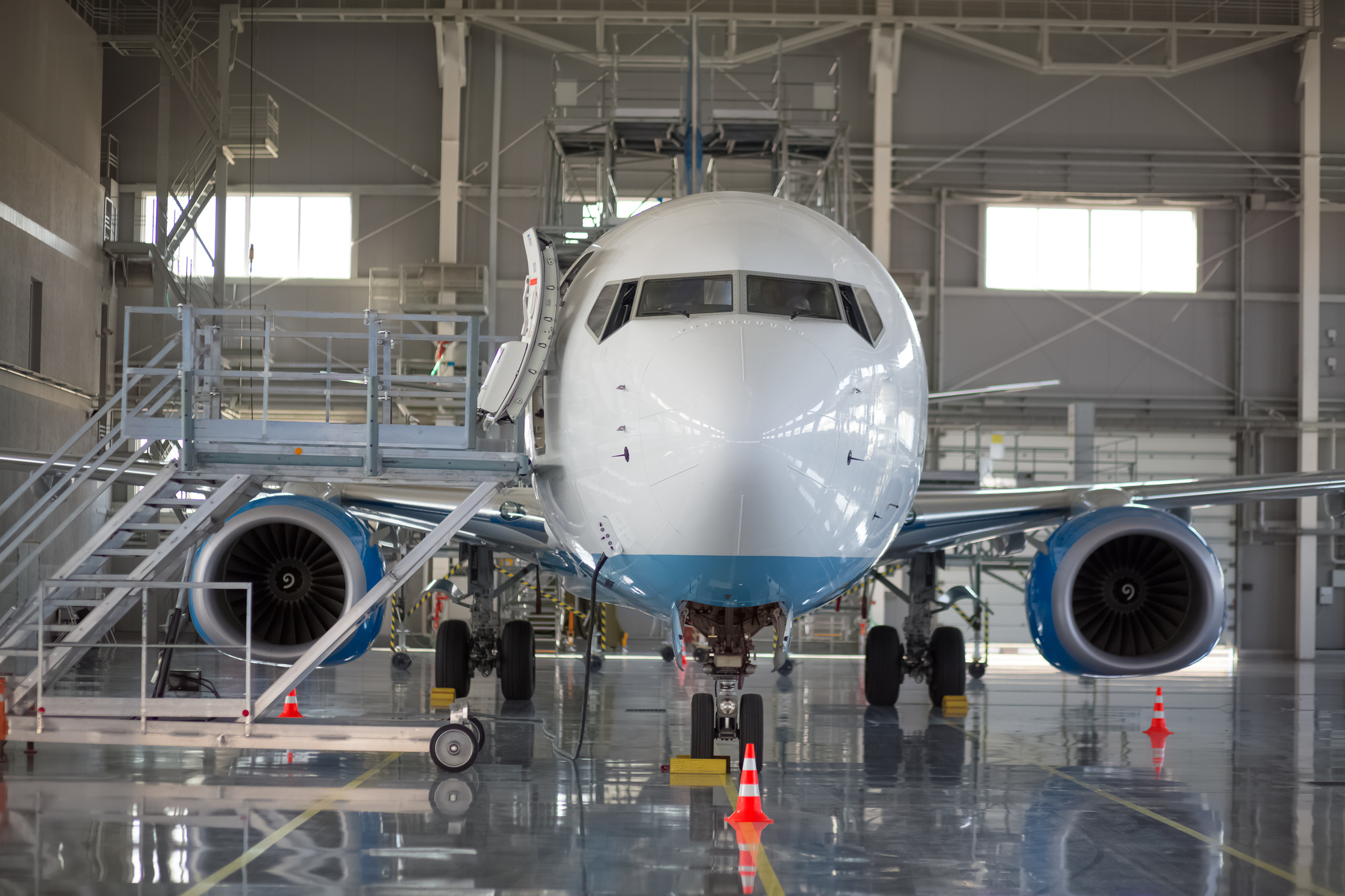
Carbon fiber represents cutting-edge technology. Above all, the composite material was actually invented several decades ago. Since then, aircraft manufacturing has taken advantage of light and durable materials.
So, have you ever wondered what makes carbon composites such an ideal building material for planes? Read on to learn the basics of carbon fiber and aircraft construction materials.
Increases Fuel Efficiency
With an initial cost of $7 a pound, it’s reasonable to ask what the benefits of this advanced material are. Over time, investing in carbon fiber can actually save your company money.
With gas prices surging, we’re all reminded that fuel is a major expense factor. One of the highest costs associated with operating a plane is jet fuel.
Carbon fiber allows plane manufacturers to reduce weight by 20%. This leads to drastic reductions in fuel costs.
Fuel costs continue to be a major problem. You can expect manufacturers to seek lightweight solutions like carbon fiber well into the future.
Improves Aerodynamic Performance
Aerodynamic factors also influence a plane’s performance. In other words, this has a direct impact on how fuel-efficient the plane is.
Carbon fiber allows for sleeker designs that enjoy better airflow and lower drag. Most importantly, manufacturers rely on the strength and flexibility of carbon fiber materials. Engineers design bodies and wings that deliver great performance.
Even minor design changes can boost efficiency and lower fuel consumption by 5%. Efficient designs mean that planes can cover the same distance with less work from the engines.
Reduces the Number of Parts
Planes that are constructed using carbon composite materials need fewer parts to hold the plane together. Traditional metal airplanes are made solely from plane construction materials such as metal.
Manufacturers commonly use aluminum and titanium. Therefore, needing several thousand parts that fuse, weld, and bolt together.
Therefore, the material allows manufacturers to combine several parts into one unit. Plane bodies become easier to manufacture and lighter as a result of this innovative solution. This cuts down on costs.
Future Aircraft Designs
Carbon fiber continues to be an ideal material for fabricating airplanes. So, carbon composite materials continue to evolve. Therefore, engineers are developing stronger, lighter, and more flexible variants.
With an innovative material like carbon fiber, plane manufacturers are able to continually reimage the possibilities. As a result, the plane design remains a competitive field because of this.
For example, one current area of innovation deals with expanding fuselage design. One day, increased cabin space may mean more customers flying at lower costs for the carriers.
Learn More About Aircraft Manufacturing
Logistical delays and fuel prices are just a few of the challenges facing the industry. Flexible materials allow for lighter and more efficient plans.
Are you looking for quality engineered parts? Our connections offer solutions for customers that include design work and engineering. Our commitment to customers has made us successful in our field.
Now, if you are ready to partner with a company that is known for transparency, contact our office today. We provide aircraft manufacturing solutions to complex problems.
